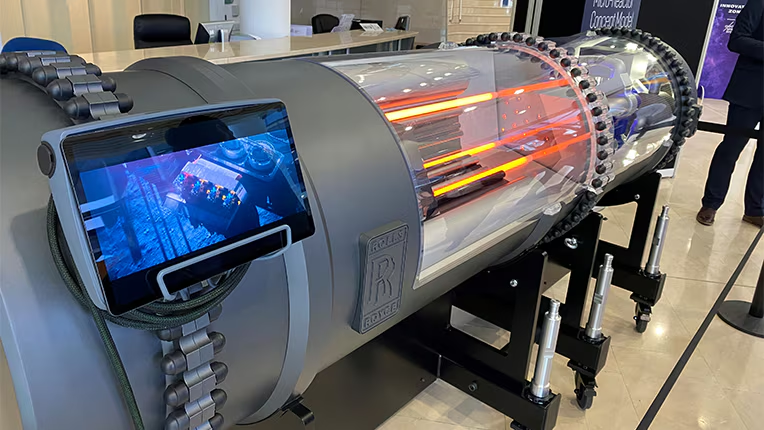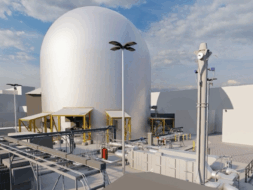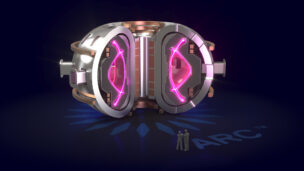Rolls-Royce has its tech on land, at sea, and in the air, so there’s only one place left to go—space.
The company announced this morning that it won a £4.8M ($6.2M) award from the UK Space Agency under the country’s National Space Innovation Programme (NSIP). The award will help Rolls-Royce push forward on developing its space-based nuclear microreactor.
The award: The new batch of funding follows a £1.18M ($1.53M) award from UKSA earlier this year and £2.9M ($3.5M) awarded in 2023 to develop a lunar surface reactor—a related project with overlapping design requirements.
“The future of space exploration is greatly dependent on the ability to generate high levels of consistent power, and our nuclear Micro-Reactor is the solution that will offer safe, reliable and flexible power to a broad range of space missions,” Jake Thompson, Rolls-Royce’s director of novel nuclear and special projects, said in a release.
Rolls-Royce will partner with the University of Oxford and Bangor University to develop a full system design architecture for a space microreactor over the next 18 months.
Nuclear 4 space: Humanity is inching closer to being a truly multiplanetary and spacefaring species, and nuclear power is a key enabling technology for bringing that pie-in-the-sky, sci-fi vision down to Earth.
- Long-term settlements on the Moon will likely require nuclear power since the lunar night is so long and cold that solar power will be inaccessible for extended periods.
- Long-duration human spaceflight missions—for instance, to Mars—will require nuclear propulsion in order to limit human exposure to the harsh radiation environment of space and dramatically cut down travel time.
Back in the US, NASA is leading the charge on the Artemis Moon-to-Mars program, which intends to establish a sustained human presence on the lunar surface and eventually support missions to Mars. NASA is working with DOE to develop a fission surface power capability. It’s also partnered with the Defense Advanced Research Projects Agency (DARPA) to develop nuclear space propulsion, selecting Lockheed Martin ($LMT) to build it.
Rolls-Royce, for its part, is working on projects for both the lunar surface and for in-space power and propulsion.
What’s next? The company and its university partners have their work cut out for them over the next 18 months. At the end of this contract, UKSA expects the team will have supplied a full system design. From there, it’s time to get building, as the agency looks to complete a flight demo of the microreactor by the end of the decade.
Lead Reporter of Ignition





